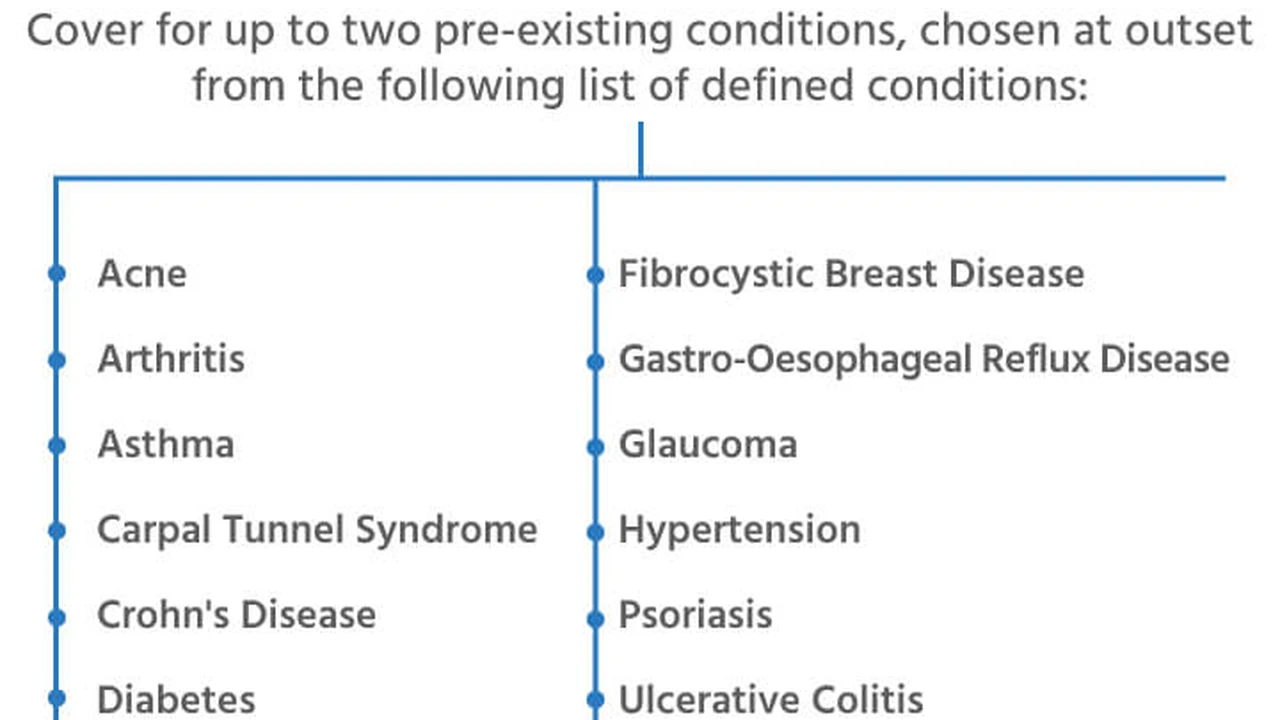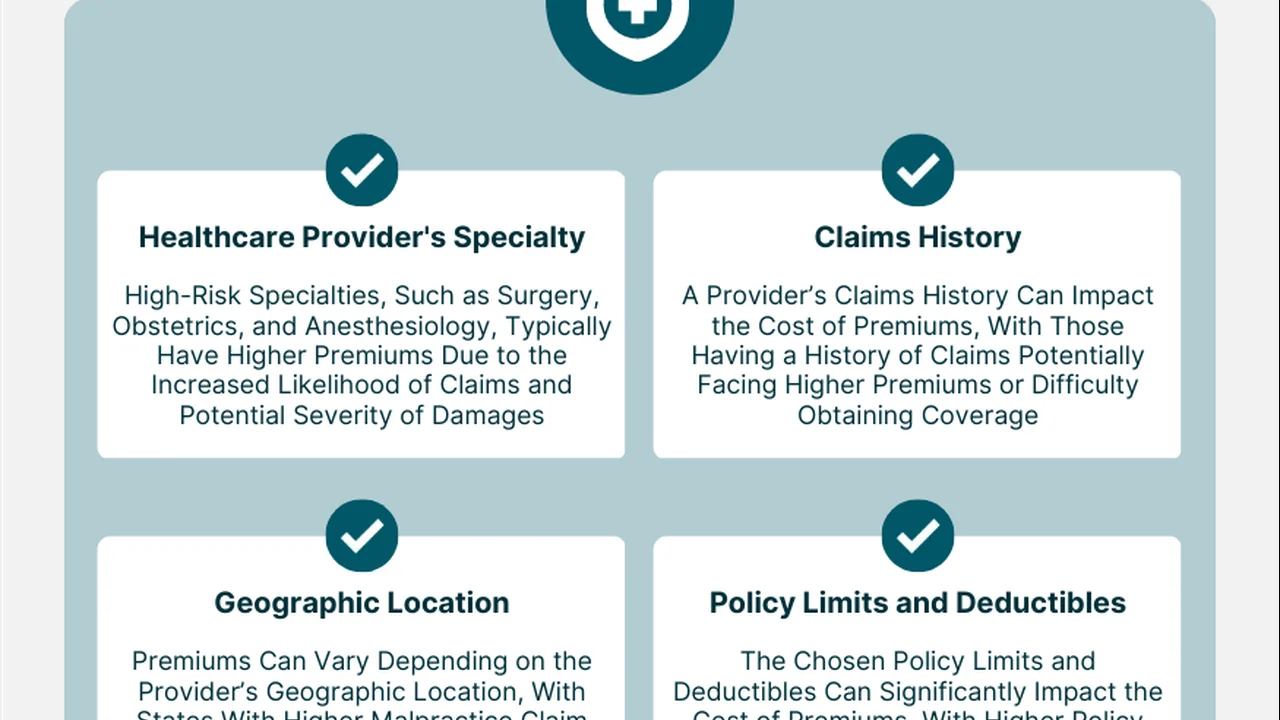5 Affordable High-Risk Insurance Options for Adventurous Travelers
Participating in high-risk activities? Find the right travel insurance. We compare the top 7 plans for US travelers. Get covered for injuries, emergencies, and more.

Introduction to Affordable High-Risk Travel Insurance
So, you're an adventurous soul, always chasing that next adrenaline rush? Whether it's scaling a sheer rock face, hurtling down a mountain on a bike, or leaping from a plane, you live life on the edge. But with great adventure comes great responsibility – and the need for solid travel insurance. High-risk activities aren't typically covered by standard travel insurance policies, leaving you vulnerable to hefty medical bills, evacuation costs, and other unforeseen expenses. Don't fret! There are affordable high-risk insurance options out there. Let's dive into 5 plans that won't break the bank while still offering crucial protection.
Understanding High-Risk Activities and Insurance Needs
Before we jump into specific plans, let's clarify what falls under the "high-risk" umbrella. Insurance companies typically consider activities like skydiving, rock climbing, backcountry skiing, scuba diving (especially in remote areas), mountaineering, and extreme sports as high-risk. These activities carry a higher chance of injury or require specialized rescue services, hence the need for specialized insurance.
When choosing high-risk insurance, consider the following:
- Medical Coverage: Ensure the policy covers medical expenses related to injuries sustained during your chosen activity. Look for high coverage limits, especially for international travel.
- Emergency Evacuation: This is crucial, especially for remote adventures. Check if the policy covers helicopter rescue and transportation to the nearest adequate medical facility.
- Repatriation: In the unfortunate event of a serious injury or death, repatriation coverage will cover the cost of returning you (or your remains) home.
- Personal Liability: This protects you if you accidentally injure someone else or damage their property during your adventure.
- Gear Coverage: If you're traveling with expensive equipment (like climbing gear or scuba diving equipment), consider a policy that covers loss, theft, or damage.
Reviewing 5 Affordable High-Risk Travel Insurance Plans
1 World Nomads Explorer Plan: A Comprehensive Option for Many Activities
World Nomads is a popular choice among adventurous travelers, and their Explorer Plan is designed specifically for high-risk activities. It covers a wide range of sports, including those mentioned above, and offers comprehensive medical coverage, emergency evacuation, and repatriation benefits.
Key Features:
- Extensive activity coverage (check the specific list for your activity).
- 24/7 emergency assistance.
- Option to extend your policy while traveling.
- Coverage for trip cancellation, interruption, and baggage loss.
Pros: Broad coverage, flexible policy options, reputable company.
Cons: Can be pricier than some other options, depending on age and destination.
Use Case: Perfect for a multi-sport adventure trip where you'll be engaging in various activities like hiking, climbing, and kayaking.
Pricing: Varies based on age, destination, trip duration, and chosen coverage limits. A two-week trip to Europe for a 30-year-old might cost around $150-$250.
2 IMG Signature Travel Insurance: Focused Medical Coverage for Adventure
IMG Signature Travel Insurance offers robust medical coverage, making it a solid choice for travelers primarily concerned about potential injuries. While it doesn't explicitly market itself as "high-risk" insurance, it can be customized to include coverage for specific adventurous activities through riders or endorsements.
Key Features:
- High medical coverage limits.
- Emergency medical evacuation and repatriation.
- Coverage for pre-existing conditions (with certain limitations).
- Trip interruption and cancellation coverage.
Pros: Excellent medical benefits, customizable options, strong reputation.
Cons: Requires careful review of policy details to ensure your specific activities are covered, may need to add riders.
Use Case: Ideal for travelers focused on medical emergencies, particularly those with pre-existing conditions, while engaging in activities like trekking or diving.
Pricing: Similar to World Nomads, but potentially lower depending on customization. Expect to pay around $120-$200 for a two-week trip to South America for a 30-year-old.
3 Travel Guard AIG: A Solid All-Around Protection Plan
Travel Guard, underwritten by AIG, provides a range of travel insurance plans, and some of their higher-tier options can be suitable for certain high-risk activities. It's crucial to carefully examine the policy wording to confirm coverage for your specific sport or adventure.
Key Features:
- Various plan options to choose from.
- Trip cancellation, interruption, and delay coverage.
- Medical expense and emergency evacuation coverage.
- 24/7 travel assistance services.
Pros: Wide range of plans to suit different needs and budgets, reputable company, strong customer service.
Cons: High-risk activity coverage can be limited in some plans, requires careful review of policy details.
Use Case: A good option for travelers seeking comprehensive coverage, including trip cancellation and baggage loss, in addition to medical and evacuation benefits, for activities like cycling or white-water rafting.
Pricing: Can be competitive, especially for travelers who don't require the highest level of medical coverage. A two-week trip within the US for a 30-year-old might cost around $80-$150.
4 Allianz Travel Insurance: Customizable Options and Decent Coverage
Allianz Travel Insurance offers a variety of plans with customizable options, allowing you to tailor your coverage to your specific needs. Similar to Travel Guard, you'll need to carefully review the policy wording to ensure your high-risk activity is covered.
Key Features:
- Trip cancellation and interruption coverage.
- Emergency medical and dental benefits.
- Baggage loss and delay coverage.
- 24-hour assistance hotline.
Pros: Customizable plans, potentially lower prices than some competitors, strong online presence.
Cons: High-risk activity coverage can be limited, requires thorough policy review, customer service reviews can be mixed.
Use Case: Suitable for travelers looking for a budget-friendly option with the ability to add specific coverage for activities like horseback riding or zip-lining.
Pricing: Often one of the more affordable options. Expect to pay around $70-$140 for a two-week trip to Canada for a 30-year-old.
5 Battleface Insurance: Designed for Extreme and Remote Travel
Battleface is a relative newcomer to the travel insurance scene, but it's quickly gaining popularity among those engaging in truly extreme and remote adventures. It's specifically designed for situations where traditional travel insurance might not provide adequate coverage.
Key Features:
- Coverage for travel to high-risk destinations.
- Medical expense and emergency evacuation coverage.
- Coverage for activities often excluded by other policies.
- Flexible policy options.
Pros: Excellent coverage for extreme activities and remote locations, flexible options, designed for challenging situations.
Cons: Can be more expensive than other options, may not be necessary for less extreme adventures, less well-known than established brands.
Use Case: The perfect choice for adventurers embarking on truly remote and challenging expeditions, such as climbing unclimbed peaks or exploring conflict zones.
Pricing: Generally more expensive due to the specialized coverage. A two-week trip to a remote region of Nepal for a 30-year-old could cost $300-$500.
Detailed Product Comparisons and Scenarios
Scenario 1: Rock Climbing in Yosemite National Park
Imagine you're planning a week-long rock climbing trip to Yosemite National Park. You'll be doing multi-pitch climbs, which carry a higher risk of injury. You need insurance that covers medical expenses, potential helicopter rescue, and gear replacement.
Recommended Plans: World Nomads Explorer Plan, IMG Signature Travel Insurance (with added rider for rock climbing), Battleface Insurance.
Comparison:
- World Nomads: Offers comprehensive coverage for rock climbing, including helicopter rescue. Gear coverage is included.
- IMG Signature: Requires an added rider for rock climbing. Medical coverage is excellent, but gear coverage might be limited.
- Battleface: Provides robust coverage for remote and challenging environments, including helicopter rescue. Gear coverage may need to be added separately.
Price Range: World Nomads ($200-$300), IMG Signature ($180-$250 + rider cost), Battleface ($350-$500) for a week.
Scenario 2: Scuba Diving in the Great Barrier Reef
You're heading to Australia for a two-week scuba diving trip on the Great Barrier Reef. You'll be doing multiple dives per day, including some deeper dives. You need insurance that covers medical expenses related to diving accidents (like decompression sickness), emergency evacuation, and potential equipment loss.
Recommended Plans: World Nomads Explorer Plan, IMG Signature Travel Insurance (with diving endorsement), Travel Guard AIG (check for diving coverage).
Comparison:
- World Nomads: Covers scuba diving up to a certain depth (check policy details). Comprehensive medical and evacuation coverage.
- IMG Signature: Requires a diving endorsement. Strong medical coverage for diving-related injuries.
- Travel Guard: Check the specific plan details to ensure scuba diving is covered. Medical and evacuation coverage may be lower than World Nomads or IMG.
Price Range: World Nomads ($250-$350), IMG Signature ($220-$300 + endorsement cost), Travel Guard ($150-$250) for two weeks.
Scenario 3: Skiing in Aspen, Colorado
You're planning a ski trip to Aspen for a week. You're an intermediate skier, but you still want to be protected against potential injuries and trip cancellations due to weather or illness.
Recommended Plans: World Nomads Explorer Plan, Travel Guard AIG, Allianz Travel Insurance.
Comparison:
- World Nomads: Covers skiing and snowboarding. Comprehensive medical and evacuation coverage.
- Travel Guard: Check the specific plan details for skiing coverage. Offers trip cancellation and interruption benefits.
- Allianz: Can be a more affordable option for skiing, but check the policy wording carefully to ensure adequate medical and evacuation coverage.
Price Range: World Nomads ($200-$300), Travel Guard ($150-$250), Allianz ($100-$200) for a week.
Factors Affecting Insurance Costs
Several factors influence the cost of high-risk travel insurance:
- Age: Older travelers typically pay more due to increased risk of medical issues.
- Destination: High-risk destinations or those with limited medical facilities will increase premiums.
- Trip Duration: Longer trips will naturally cost more.
- Coverage Limits: Higher coverage limits for medical expenses, evacuation, and gear will increase the price.
- Activities: The specific high-risk activities you'll be participating in will affect the cost.
- Pre-Existing Conditions: Having pre-existing medical conditions can increase premiums or limit coverage.
Tips for Finding Affordable High-Risk Travel Insurance
- Shop Around: Compare quotes from multiple insurance providers to find the best deal.
- Read the Fine Print: Carefully review the policy wording to ensure your specific activities are covered. Pay attention to exclusions and limitations.
- Consider a Higher Deductible: Choosing a higher deductible can lower your premium, but you'll need to pay more out of pocket if you file a claim.
- Look for Discounts: Some insurance companies offer discounts for students, groups, or members of certain organizations.
- Bundle Coverage: Consider bundling travel insurance with other types of insurance (like home or auto) to potentially save money.
Final Thoughts on Choosing Your Insurance
Choosing the right high-risk travel insurance is a crucial step in planning your adventurous trip. Don't simply opt for the cheapest option without carefully considering your needs and the policy's coverage. Take the time to research different plans, compare quotes, and read the fine print. Protecting yourself financially and medically is worth the investment, allowing you to fully enjoy your adventure with peace of mind.
:max_bytes(150000):strip_icc()/277019-baked-pork-chops-with-cream-of-mushroom-soup-DDMFS-beauty-4x3-BG-7505-5762b731cf30447d9cbbbbbf387beafa.jpg)






